-
 bitcoin
bitcoin $122090.672462 USD
1.59% -
 ethereum
ethereum $4493.758974 USD
0.56% -
 xrp
xrp $3.033145 USD
0.65% -
 tether
tether $1.000629 USD
0.00% -
 bnb
bnb $1169.854250 USD
7.07% -
 solana
solana $230.954786 USD
-0.19% -
 usd-coin
usd-coin $0.999785 USD
0.00% -
 dogecoin
dogecoin $0.256108 USD
-1.12% -
 tron
tron $0.342333 USD
-0.12% -
 cardano
cardano $0.859632 USD
-0.10% -
 hyperliquid
hyperliquid $48.932146 USD
-2.25% -
 chainlink
chainlink $22.345466 USD
-1.29% -
 ethena-usde
ethena-usde $1.000217 USD
-0.03% -
 avalanche
avalanche $31.203456 USD
1.93% -
 sui
sui $3.579145 USD
1.05%
How can I judge the value of an NFT project based on its artistic style?
An NFT's artistic style—shaped by originality, technical skill, and cohesive world-building—plays a vital role in its long-term value and cultural resonance.
Aug 11, 2025 at 03:01 am
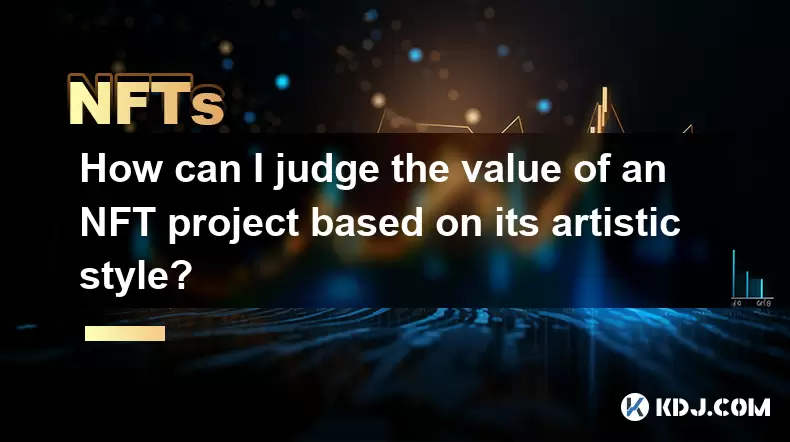
Understanding Artistic Style in NFT Projects
The artistic style of an NFT project plays a crucial role in shaping its identity and long-term appeal. Unlike traditional financial assets, NFTs derive part of their value from aesthetic and cultural resonance. When evaluating an NFT collection, the visual language—such as color palette, character design, composition, and medium—can signal the project’s originality and creative intent. For instance, projects like CryptoPunks use a pixel-art aesthetic that evokes early digital culture, contributing to their iconic status. Conversely, collections like Art Blocks emphasize algorithmic art, where each piece is generated through code, creating a unique blend of technology and visual expression. The consistency and intentionality behind the artistic style often reflect the team’s vision and dedication.
Assessing Originality and Uniqueness
One of the primary indicators of value in an NFT's artistic style is its originality. A project that introduces a novel visual concept or reimagines existing art forms in a fresh way tends to stand out in a saturated market. To assess this, compare the NFT series with others in the same genre. Ask whether the characters, themes, or techniques have been seen before in a derivative form. For example, if a project features anthropomorphic animals in a cyberpunk setting, determine whether the design elements—such as armor textures, lighting effects, or facial expressions—are distinctive or merely imitative. Projects with unique visual signatures, such as exaggerated proportions, surreal backgrounds, or signature brushwork, are more likely to attract collectors who value artistic innovation.
Examining Technical Execution and Detailing
Beyond conceptual originality, the technical quality of the artwork significantly influences perceived value. This includes resolution, layering, shading, and attention to fine details. High-value NFTs often exhibit meticulous craftsmanship. Zoom into individual pieces to evaluate elements like:
- Line precision and clarity in character outlines
- Consistency in lighting and shadowing across different traits
- Complexity of background elements and environmental storytelling
- Use of gradients and textures that avoid flat or repetitive patterns
For generative art projects, assess how well the algorithm combines traits without producing visual glitches or awkward overlaps. A well-executed NFT should maintain visual coherence whether viewed at full size or in thumbnail form. Poorly rendered elements, such as misaligned eyes or mismatched color schemes, can indicate low production standards, which may negatively impact long-term desirability.
Evaluating Cohesion and World-Building
A valuable NFT project often presents a unified artistic universe. This means that every piece contributes to a larger narrative or aesthetic ecosystem. Cohesion can be observed in recurring motifs, shared color schemes, or consistent character archetypes. For example, a project themed around ancient mythology might use gold accents, hieroglyphic patterns, and regal postures across all characters, reinforcing a sense of belonging to the same world. When analyzing cohesion:
- Look for recurring symbols or design elements that tie pieces together
- Check whether rare traits still align with the overall theme instead of appearing random
- Determine if the art style supports a potential storyline or lore expansion
Projects with strong world-building often inspire fan art, community discussions, and speculative storytelling, all of which enhance cultural value and demand.
Considering Artist Reputation and Provenance
The artist’s background and previous work can provide context for the artistic value of an NFT project. A creator with a history in fine art, animation, or digital illustration brings credibility and skill that may not be immediately visible in the final product. Research the artist’s portfolio, exhibitions, or collaborations outside the NFT space. Some projects feature established artists who lend their name and style to the collection, such as Beeple’s collaborations or Pak’s conceptual minimalism. Even in anonymous teams, a distinctive artistic voice can emerge over time. Provenance—such as whether the art was hand-drawn, AI-assisted, or procedurally generated—also affects perception. Collectors often favor projects where human creativity plays a central role, especially when combined with technical innovation.
Analyzing Market Response to Artistic Style
The market’s reaction to an NFT’s artistic style offers tangible evidence of its value. Monitor metrics such as:
- Floor price trends in relation to visual updates or new reveals
- Trading volume spikes after the release of particularly artistic pieces
- Community engagement on platforms like Twitter, Discord, and Instagram, especially around art-centric discussions
Compare how different traits are valued. For example, a “golden aura” trait might command a higher premium not just due to rarity, but because it complements the artistic theme more harmoniously than a garish neon hat. Use tools like OpenSea or Blur to filter by traits and observe pricing disparities. A visually cohesive and well-received style often results in tighter price distribution among traits, indicating strong aesthetic consensus.
FAQs
Can an NFT with simple art still be valuable?Yes. Simplicity does not equate to low value. Projects like Bored Ape Yacht Club use relatively minimalistic designs, but their expressive faces and consistent branding create strong visual identity. Simplicity can enhance recognizability and utility in social media avatars, increasing demand.
How do I verify if an NFT’s art was AI-generated?Check the project’s official documentation or artist statements. Some platforms disclose the creation process. You can also analyze metadata or look for signs like overly smooth textures, repetitive patterns, or lack of fine detail, which may suggest AI involvement. Community discussions often reveal insights about the tools used.
Does artistic style affect NFT utility?Indirectly. While utility refers to features like access or rewards, a compelling artistic style enhances brand loyalty and user engagement, making holders more likely to participate in project activities. A strong visual identity also improves marketing potential and cross-platform visibility.
Should I prioritize artistic style over rarity?Not exclusively. While artistic style influences long-term appeal, rarity drives short-term trading value. The most valuable NFTs often balance aesthetically pleasing design with scarce traits. Evaluate how rarity interacts with style—for example, a rare color that clashes with the overall theme may not increase value as much as a common trait that enhances visual harmony.
Disclaimer:info@kdj.com
The information provided is not trading advice. kdj.com does not assume any responsibility for any investments made based on the information provided in this article. Cryptocurrencies are highly volatile and it is highly recommended that you invest with caution after thorough research!
If you believe that the content used on this website infringes your copyright, please contact us immediately (info@kdj.com) and we will delete it promptly.
- BlockDAG, DOGE, HYPE Sponsorship: Crypto Trends Shaping 2025
- 2025-10-01 00:25:13
- Deutsche Börse and Circle: A StableCoin Adoption Powerhouse in Europe
- 2025-10-01 00:25:13
- BlockDAG's Presale Buzz: Is It the Crypto to Watch in October 2025?
- 2025-10-01 00:30:13
- Bitcoin, Crypto, and IQ: When Genius Meets Digital Gold?
- 2025-10-01 00:30:13
- Stablecoins, American Innovation, and Wallet Tokens: The Next Frontier
- 2025-10-01 00:35:12
- NBU, Coins, and Crypto in Ukraine: A New Yorker's Take
- 2025-10-01 00:45:14
Related knowledge
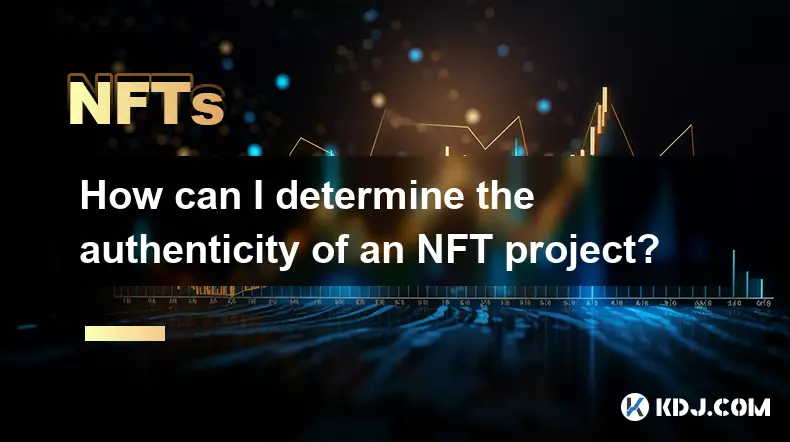
How can I determine the authenticity of an NFT project?
Sep 23,2025 at 05:18pm
Understanding the Project Team and Their Background1. Research the identities of the team members behind the NFT project. Verified social media profil...
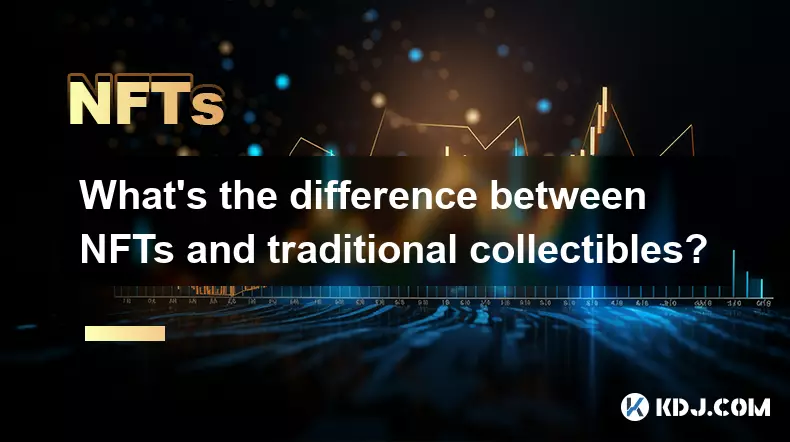
What's the difference between NFTs and traditional collectibles?
Sep 19,2025 at 12:55pm
Digital Ownership and Provenance1. NFTs are built on blockchain technology, which ensures transparent and immutable records of ownership. Every transa...
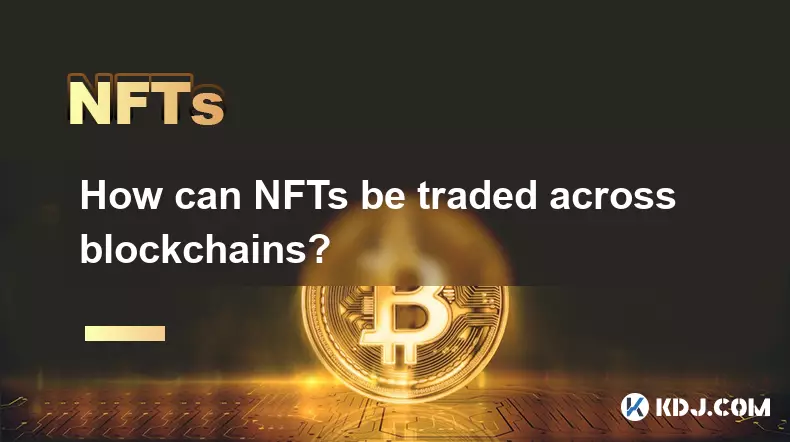
How can NFTs be traded across blockchains?
Sep 19,2025 at 12:00pm
Understanding Cross-Chain NFT Trading1. Non-fungible tokens (NFTs) are digital assets that represent ownership of unique items on a blockchain. Origin...
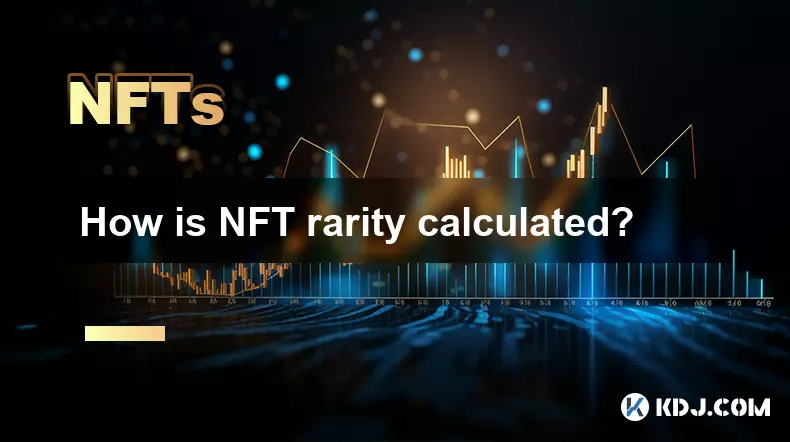
How is NFT rarity calculated?
Sep 18,2025 at 07:54pm
Understanding NFT Rarity Metrics1. NFT rarity is determined by analyzing the uniqueness of individual traits within a collection. Each NFT typically c...
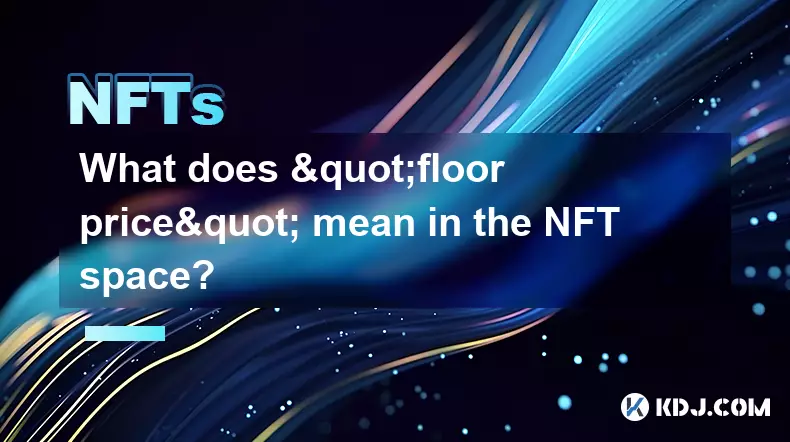
What does "floor price" mean in the NFT space?
Sep 22,2025 at 06:36am
Floor Price: A Core Metric in the NFT Marketplace1. The term floor price refers to the lowest current asking price for any item within a specific NFT ...

How do NFTs help content creators?
Sep 18,2025 at 08:00am
NFTs Empower Creators with Ownership and Monetization1. NFTs provide content creators with verifiable ownership of their digital works, ensuring authe...

How can I determine the authenticity of an NFT project?
Sep 23,2025 at 05:18pm
Understanding the Project Team and Their Background1. Research the identities of the team members behind the NFT project. Verified social media profil...

What's the difference between NFTs and traditional collectibles?
Sep 19,2025 at 12:55pm
Digital Ownership and Provenance1. NFTs are built on blockchain technology, which ensures transparent and immutable records of ownership. Every transa...

How can NFTs be traded across blockchains?
Sep 19,2025 at 12:00pm
Understanding Cross-Chain NFT Trading1. Non-fungible tokens (NFTs) are digital assets that represent ownership of unique items on a blockchain. Origin...

How is NFT rarity calculated?
Sep 18,2025 at 07:54pm
Understanding NFT Rarity Metrics1. NFT rarity is determined by analyzing the uniqueness of individual traits within a collection. Each NFT typically c...

What does "floor price" mean in the NFT space?
Sep 22,2025 at 06:36am
Floor Price: A Core Metric in the NFT Marketplace1. The term floor price refers to the lowest current asking price for any item within a specific NFT ...

How do NFTs help content creators?
Sep 18,2025 at 08:00am
NFTs Empower Creators with Ownership and Monetization1. NFTs provide content creators with verifiable ownership of their digital works, ensuring authe...
See all articles










































































